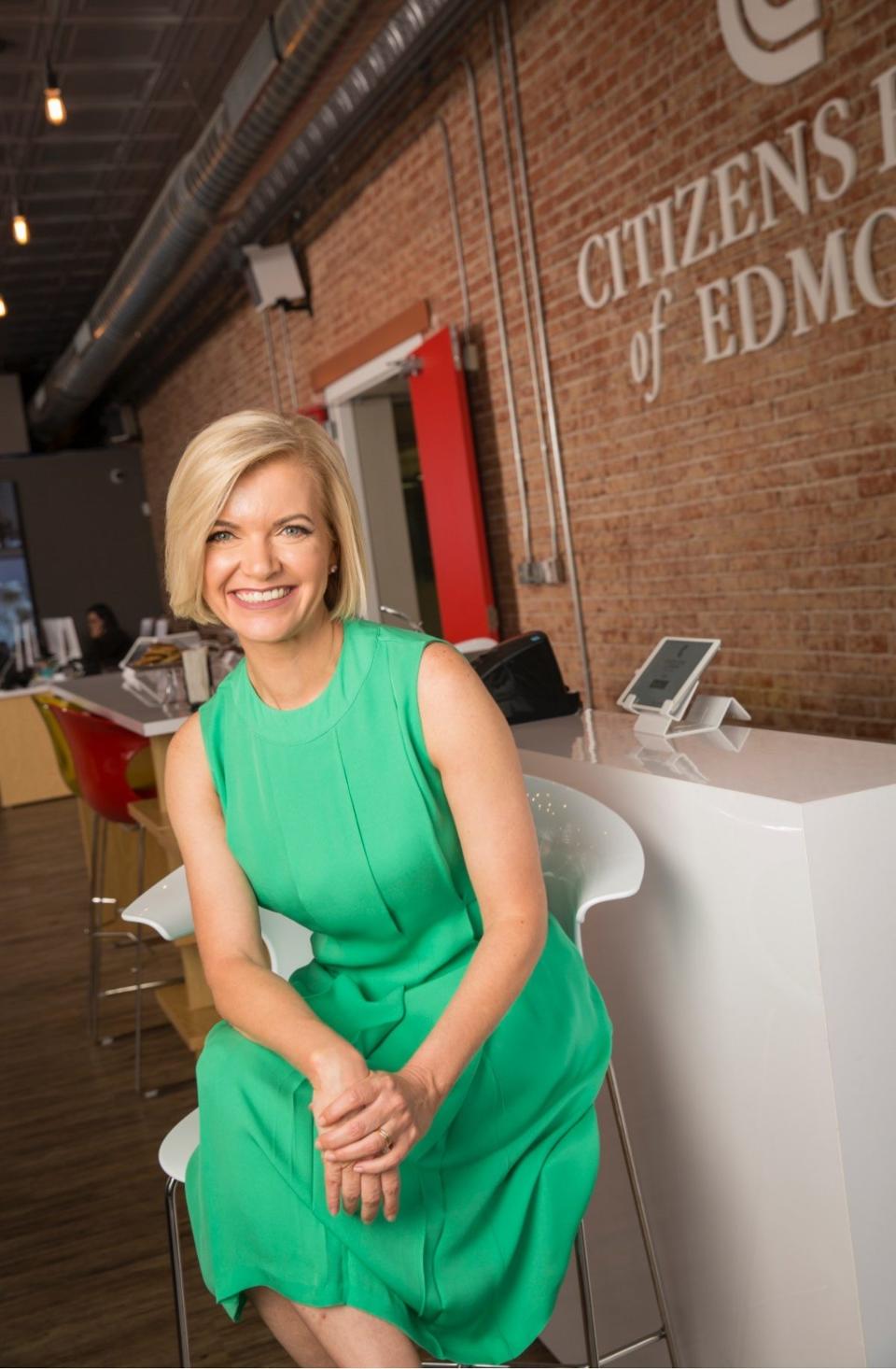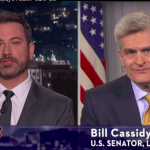
Serving pancakes in the bank lobby? Just one way to encourage interaction with the community. Another is the use of social media. To find out the details, I spoke with Jill Castilla, the president and CEO of Citizens Bank of Edmond in Oklahoma, located on the same intersection where it was founded in 1901. As a community bank, its focus is not only to grow loans and deposits in its portfolio, but build local businesses, the help residents and to spread positive community spirit in its town.
Joanna Belbey: I’ve seen on Twitter that Citizens Bank of Edmond offers pancakes, donuts and WiFi in your lobby. It sounds like your bank has a “social” spirit. Why did the bank start using social media?
Jill Castilla: When I came back to the bank in 2009 (I’d worked here about 20 years earlier), the bank was in a turnaround situation. There were negative articles about our bank and we struggled publicly for a couple of years. We saw social media as a way to build the social capital that sustained us during our turnaround. It was a way to tell nice stories about our bank and our community, rather than focus on the past. Social media provided a way to expand our reach to the community and customers without spending a lot of money, having a sophisticated marketing strategy, or waiting. We could get started right away.
Belbey: How did the bank start using social media?
Castilla: We started using social media as a way to connect. I searched for “Citizens Bank sucks” on Twitter or Facebook and found negative references to my institution. I responded to those concerns, even though some were a couple of years old. Over time, we found that people with complaints had become our strongest customer advocates because they know we are listening. We have developed deeper customer relationships by addressing their concerns and in return, they are willing to provide suggestions on how we could improve and do things better. For example, on LinkedIn, I’ll post “We want to hear from our customers on what we can do better.” Or “If you don’t like what’s happening at your bank, I’d like to hear that too, so we know not to do it here.” Or “If there’s something great that’s happening at your bank, please tell us what that is, because I’d like to incorporate it at Citizens.” Posts like these led to hundreds of comments and private messages. We’ve attracted new customers because we’re willing to ask the right sorts of questions, listen to the answers and make the changes.
Belbey: What about complying with banking rule and regulations? How do you manage that on social media?
Castilla: There is a substantial reputational risk that could result from inappropriate use of social media. Plus you can break a lot of compliance rules if you’re using it improperly. To avoid that, I worked closely with our compliance officer to ensure that he was comfortable with how we were planning to use social media. Our approach has always been to be genuine, accurate, and positive. We don’t discuss CD or loan rates, or promote specific products, because those require disclosures. Instead, we use social media as a community building effort, which is the real purpose of a community bank. One of the smart things we did, right from the beginning, before there was any regulatory guidance, was to collaborate between compliance and our auditing team to ensure that we’re using the social media as we originally intended. As a result, we’ve never been fined for improper use of social media.






